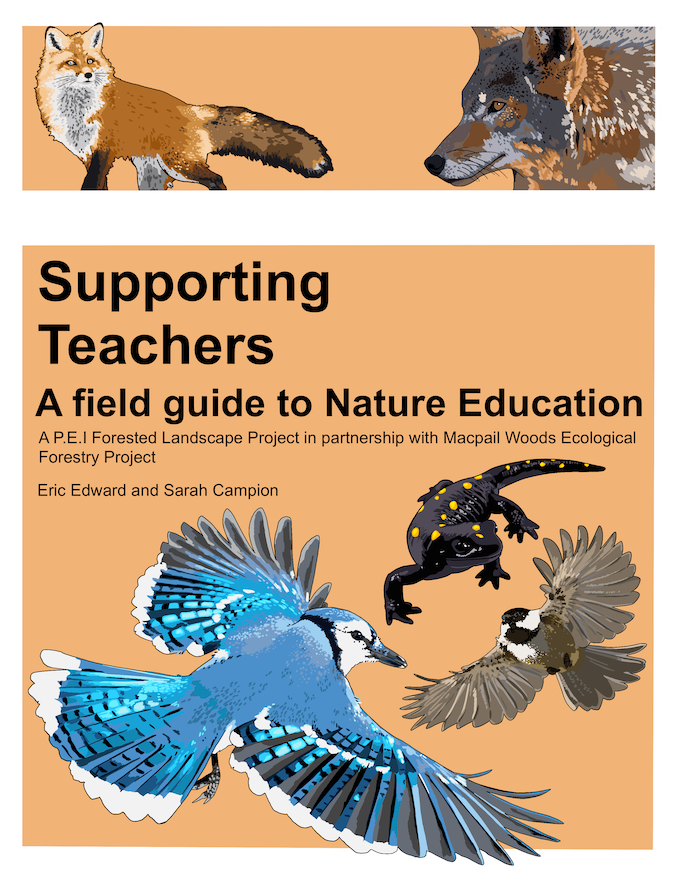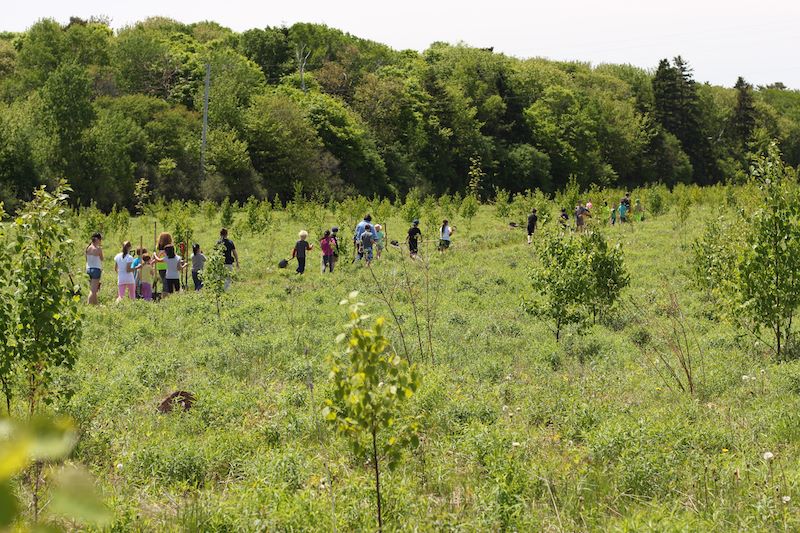
The Supporting Teachers Project
Macphail Wood's team has created a nature education guide for teachers called Supporting Teachers - A Field Guide to Nature Education to encourage teachers to use nature as a classroom. The book is free and available for download by clicking the link below. Supporting teachers includes a more in-depth exploration of Learning Languages, games, activities, and crafts.
Supporting Teachers - PDF
Supporting Teachers - A Field Guide to Nature Education
Our Supporting Teachers Feild Guide provides a framework of knowledge so that you and your students can step outside and begin learning, in any circumstance. With an understanding of the simplest natural history (the when and where), ecology (the how and why) and common characteristics (the what) including the essential differences and common patterns of a subject, teachers and students can explore nature together, sharing their observations with a simple and common language.
A major challenge for teachers is the feeling of inadequacy. Our approach reduces the need for expertise so that with just a small amount of information, you can begin to describe patterns with confidence and make your discoveries. By adding all our senses, “This branch is fuzzy, this tree smells like mint, that bird sounds like a chainsaw, this mushroom is wet,” we can begin to create a relationship with what we are observing rather than needing to demonstrate expertise.

